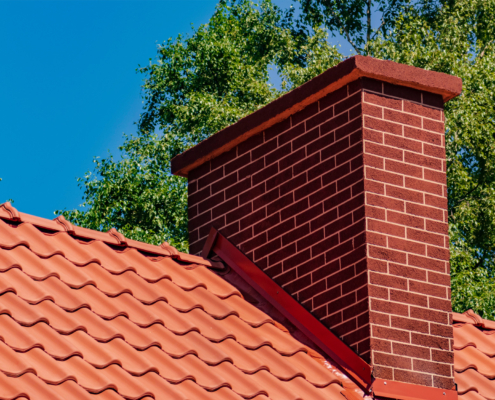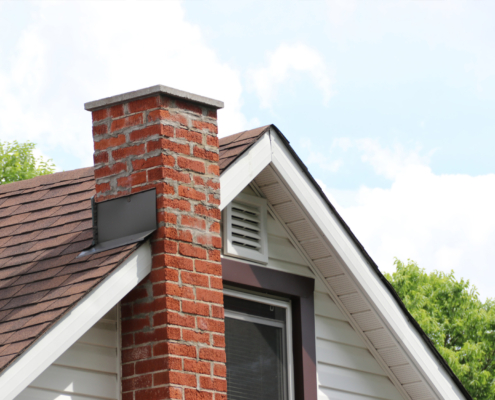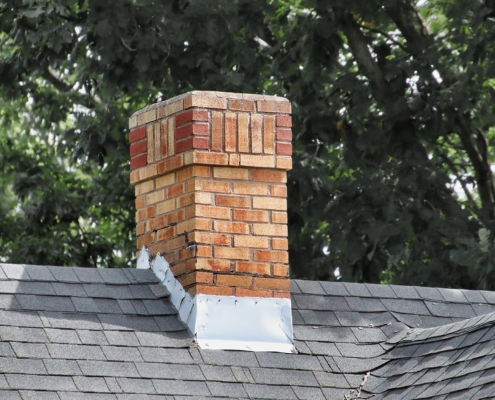 https://ahillcstl.com/wp-content/uploads/2024/04/Breaking-Down-Stucco-Chimney-Repair-Costs-A-Comprehensive-Guide.jpg
1250
2000
Brandyn Fadler
/wp-content/uploads/2023/09/FULL-AHI-LOGO-179-300x263.png
Brandyn Fadler2024-04-23 15:59:562024-04-26 15:23:47Breaking Down Stucco Chimney Repair Costs: A Comprehensive Guide
https://ahillcstl.com/wp-content/uploads/2024/04/Breaking-Down-Stucco-Chimney-Repair-Costs-A-Comprehensive-Guide.jpg
1250
2000
Brandyn Fadler
/wp-content/uploads/2023/09/FULL-AHI-LOGO-179-300x263.png
Brandyn Fadler2024-04-23 15:59:562024-04-26 15:23:47Breaking Down Stucco Chimney Repair Costs: A Comprehensive GuideGas vs Wood Fireplace Inserts: Which Is Right for Me?
Whether you’re looking for a fireplace insert to enjoy the view, or you’re looking for a way to heat your home, you’ve got a tough choice to make: do you buy a wood-burning fireplace insert or a gas fireplace insert?
What’s Better, Gas vs Wood Fireplace Inserts?
If you’re shopping for a fireplace insert, consider the following pros and cons of both wood-burning and gas fireplaces.
Advantages of owning a gas fireplace
There are several advantages to buying a gas fireplace insert.
- Efficiency. You’ll get about 90% efficiency with a gas fireplace, although the exact numbers will vary based on the unit.
- It looks like a real fire. Not only will you not have to burn actual wood, you never have to spend time putting out a fire in a gas fireplace. When you turn the fire off, it disappears.
- You get the heat output of a wood fire. If you’re looking to heat your home, a gas fireplace will do just that, with the same heat output as a traditional wood-burning fire.
- Environmentally-friendly. Gas fireplace inserts produce almost no emissions; you can even use them when there is a burn ban.
- Temperature control. Unlike a wood fire, you can set the temperature on some gas fireplace inserts.
- Fuel is easy to source and effortless. Fuel is easy to get for a gas fireplace – you just need a tank on your property for either propane or natural gas, and then you can place a phone call to have your tank filled periodically.
Disadvantages of owning a gas fireplace
Although gas is efficient, there are some disadvantages.
- You won’t hear the crackle of the wood. If this is important to you, you won’t like having a gas fireplace insert.
- The smell of burning wood is absent. For some people, smelling the wood as it burns is part of the experience of having a fire.
Advantages of owning a wood-burning fireplace
Owning a wood-burning fireplace provides the following advantages:
- More heat than an open-hearth fireplace. Although wood isn’t as efficient as gas, a wood-burning fireplace insert is far more efficient than an open-hearth fireplace. Without an insert, your open-hearth fireplace will lose about 90% of heat up the chimney.
- Infrared heat. Infrared heat absorbed into your body has healing benefits.
- You can burn different types of wood. Whether you prefer burning a hard maple or medium fir, you have a little bit of control over how hot and fast your fires burn, as well as how it smells.
Disadvantages of owning a wood-burning fireplace
- Varied cost. Sometimes it’s cheaper to heat your home with electricity than to buy firewood.
- Splitting wood is exhausting. If you need to split wood to a specific size, you might find commercially-available cords of wood to be too large, and you’ll need to further split each piece.
- It’s hard to get truly seasoned wood. Few firewood sellers offer truly seasoned wood, but this isn’t a big deal when you have a good stash and can let your newly acquired wood season.
Selecting the right fireplace insert for your home is a matter of personal choice that should be based on your needs and goals. If you don’t want to do any hard work, then gas is better. However, if you enjoy a more traditional fire, then wood is likely your best choice.
Approved Home Improvements: Sweeping Away the Competition
No matter what you choose, both need regular care. So, be sure to clean and inspect your chimney at least once a year. It’s just as important to get a gas fireplace chimney sweep as it is to get a chimney sweep for a wood-burning fireplace.
No matter what kind of fireplace you have, we can clean your chimney or flue. In addition to chimney sweeping, we offer professional chimney repair in St. Louis. Contact us today to schedule an inspection or a cleaning.






